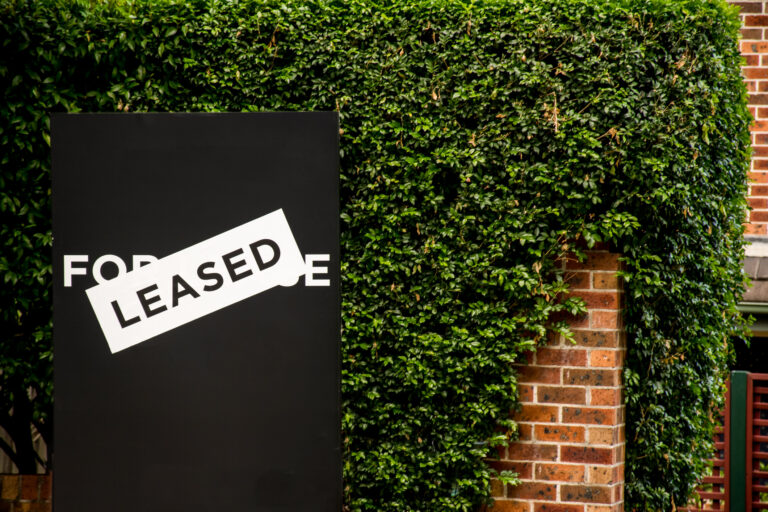$1.8B In Funding For SEQ Projects Talks are underway to secure funding for major infrastructure projects in Brisbane and on the Gold Coast including a new University building and light rail. The Federal Government is reviewing the $1.8 billion, southeast Queensland City Plan, which was devised by the previous government. It will determine which projects are to receive funding. The wish list includes a new building for Griffith University’s Advanced Design and Prototyping Technologies (ADAPT) Institute. While the Gold Coast is hoping to receive funding for the third, Broadbeach to Burleigh stage of the light rail project as well as GreenHeart parklands at Robina and an upgrade to the Home of the Arts (HOTA). Gold Coast Mayor, Tom Tate, has written to the Federal Government about the funding. “Government gets great return on investment when it delivers infrastructure on the Gold Coast as business across multiple sectors want to be here and advanced manufacturing, software engineering and medical research are leading that charge,” he says.
Gold Coast Superyacht Central
The Gold Coast is set to become even more of a haven for boaties with dozens of new superyacht marina berths on the way. Nearly $1.5bn worth of development is proposed for the southern end of The Spit at Main Beach within the next four years. This includes a superyacht marina with 67 berths as part of the Mantaray Residences development and 70 moorings at the neighbouring Ritz Carlton Hotel. Tim Gordon, the developer behind Mantaray Residences says there has been a surge in demand for superyacht moorings. Currently the Gold Coast has 125 superyacht berths and one mega yacht berth. According to Urbis Gold Coast planning director, Pat Heffernan, when there are facilities to accommodate superyachts, it lifts the entire region. “When you have superyachts turn up, that starts turning you into Monaco, and Cannes and parts of the Mediterranean,” he says. “Water views, $11m apartments, super yachts: it has changed the image of what our tourism offering was 10 years ago.”
Quote of the Week
“If you were to ask me a few months ago, I wouldn’t have thought we’d start to see growth conditions returning this early in the cycle, let alone a 1.4 % jump in a month for Sydney.”
Tim Lawless- CoreLogic Research Director
Sharp Recovery for House Prices in Sight
Capital city house prices are poised for a sharp recovery according to market analysis by CoreLogic. Nationally values rose 1.4% in in March – more than four times faster than the previous month. Sydney house prices increased 1.4%, Melbourne, 0.6%, Perth, 0.5% and Brisbane, 0.1%. CoreLogic research director Tim Lawless, says a combination of low stock, tight rental market and growing demand from overseas migrants is behind the price growth. Listings are well down on the same time last year with 17.7% fewer homes being offered for sale. “If you were to ask me a few months ago, I wouldn’t have thought we’d start to see growth conditions returning this early in the cycle, let alone a 1.4 % jump in a month for Sydney,” Lawless says. “I think the supply levels being as low as they are, could be creating a competitive environment among those buyers. There’s also the amplifying effect of migration, which, normally would not have too much impact on purchasing demand.”
Why Rates Didn’t Rise
The Reserve Bank may have halted its continual rise of interest rates at its most recent meeting, but speculation is already mounting it may start up again. RBA governor Philip Lowe says “when deciding not to raise rates in April, the Board discussed the outlook for the global economy, the strength of Australian household consumption and how price and wage settings were responding to high inflation.” He reiterated that the RBA is still keen to stamp out inflation, which is at its highest level in three decades. While Lowe believes the Australian banking sector is strong and has plenty of liquidity, he says the situation is “still fragile”. There was a significant drop in consumption growth in October and December, as a result of rate rises and Lowe anticipates the figures will show a further drop in the March quarter. Lowe says many households are still sitting on large levels of cash which they saved during the pandemic
Loan Arrears Won’t Match GFC
Rising interest rates and increases to the cost of living will inevitably cause some homeowners to fall behind on their mortgage payments, but experts predict it won’t be as bad as it was during the Global Financial Crisis. PropTrack director of economic research Cameron Kusher says as a result there won’t be widespread bank forced sales. Australian Banking Association figures show the portion of loans three or more months past due increased slightly to 0.41% in January and repayments between 31 and 60 days past due increased to 0.33%. Kusher says the loan market is tracking well below the arrear’s levels recorded during the GFC when 1.69% of loans were late. He says some buyers may have overextended themselves during the boom, but it won’t necessarily lead to an influx of forced sales. Financial planning platform Lifesherpa, chief executive, Vince Scully, says Australian’s prioritise paying for their homes










